Serverless and Edge Runtime
Apiumhub
SEPTEMBER 10, 2023
This is the introductory post in a two-part series, exploring the world of Serverless and Edge Runtime. The main focus of this post will be Serverless, while the second one will focus on an alternative, newer approach in the form of Edge Computing. The second part of this article will soon be available on Apiumhub’s blog.

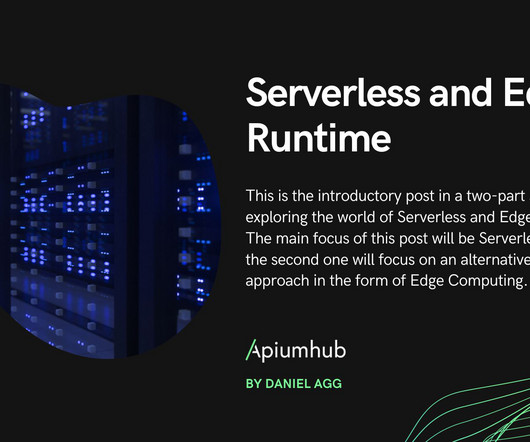
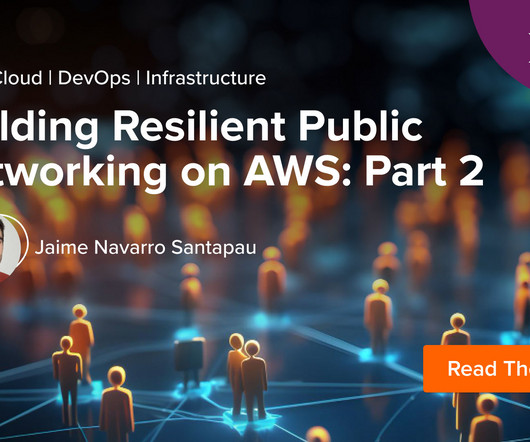
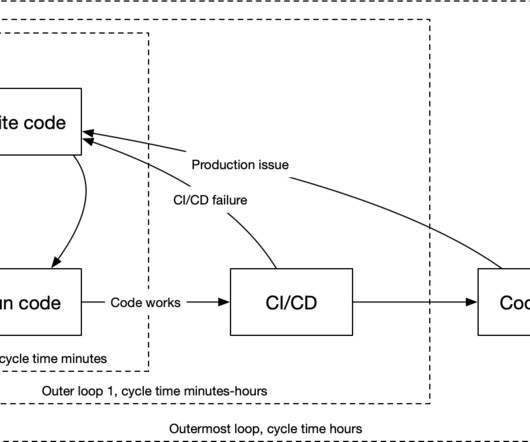
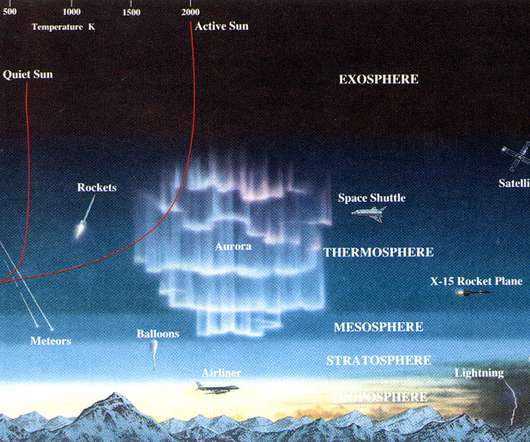




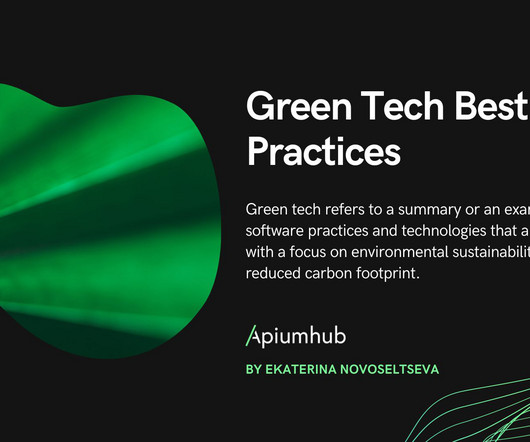


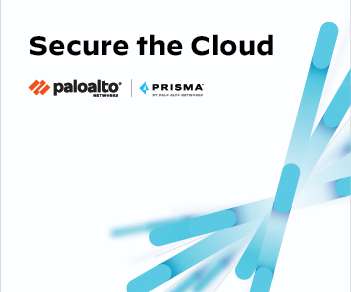

















Let's personalize your content